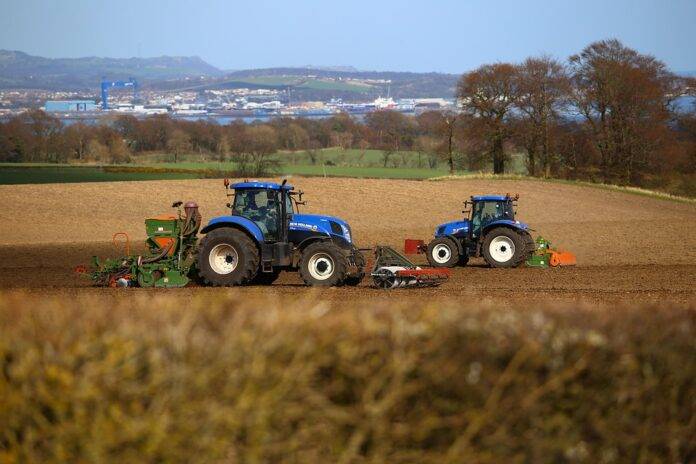Introduction
In the agricultural sector, the choice between using tractor-mounted or animal-drawn seed drill equipment is a crucial decision for farmers. Both options have their own set of advantages and disadvantages, which can significantly impact the efficiency and productivity of farming operations. In this report, we will compare and contrast tractor-mounted and animal-drawn seed drill equipment, considering factors such as cost, performance, and environmental impact.
Cost Analysis
Tractor-Mounted Seed Drill
Tractor-mounted seed drill equipment tends to be more expensive upfront compared to animal-drawn options. The cost of purchasing a tractor and the necessary attachments can be significant for small-scale farmers. However, tractor-mounted seed drills offer higher efficiency and precision in seed placement, leading to potential cost savings in the long run.
Animal-Drawn Seed Drill
On the other hand, animal-drawn seed drill equipment is generally more affordable for farmers with limited capital. The initial investment in animals and the seed drill itself is lower compared to tractors. However, the operational costs of maintaining animals can add up over time, making this option less cost-effective in the long term.
Performance Comparison
Tractor-Mounted Seed Drill
Tractor-mounted seed drills are known for their superior performance in terms of speed and accuracy. The mechanized nature of these equipment allows for precise seed placement and consistent depth control, resulting in higher crop yields. Tractor-mounted seed drills are also capable of covering larger areas in a shorter amount of time, making them ideal for commercial farming operations.
Animal-Drawn Seed Drill
Animal-drawn seed drills, while slower and less precise than tractor-mounted options, have their own advantages. These equipment are more suitable for small-scale farming and are often preferred by farmers who value traditional methods of cultivation. Animal-drawn seed drills are also more versatile in terms of terrain adaptability, making them suitable for hilly or rocky areas where tractors may struggle to operate.
Environmental Impact
Tractor-Mounted Seed Drill
Tractor-mounted seed drill equipment is associated with higher fuel consumption and emissions, contributing to environmental pollution. The use of tractors can also lead to soil compaction, which can negatively impact soil health and crop productivity over time. However, advancements in technology have led to the development of more fuel-efficient and environmentally friendly tractor models.
Animal-Drawn Seed Drill
Animal-drawn seed drill equipment, on the other hand, has a lower environmental impact compared to tractors. Animals produce less pollution and do not contribute to soil compaction, making them a more sustainable option for environmentally conscious farmers. However, the use of animals for farming can raise ethical concerns related to animal welfare.
Industry Insights
According to market research reports, the global seed drill equipment market is expected to grow at a steady pace in the coming years. The demand for mechanized seed drill equipment, including tractor-mounted options, is projected to increase due to the need for higher productivity and efficiency in agriculture. However, there is also a growing interest in sustainable farming practices, which could drive the demand for animal-drawn seed drill equipment.
Overall, the choice between tractor-mounted and animal-drawn seed drill equipment ultimately depends on the specific needs and preferences of individual farmers. While tractor-mounted options offer greater efficiency and performance, animal-drawn equipment may be more cost-effective and environmentally friendly. As technology continues to advance, we can expect to see further innovations in seed drill equipment that combine the benefits of both options.




